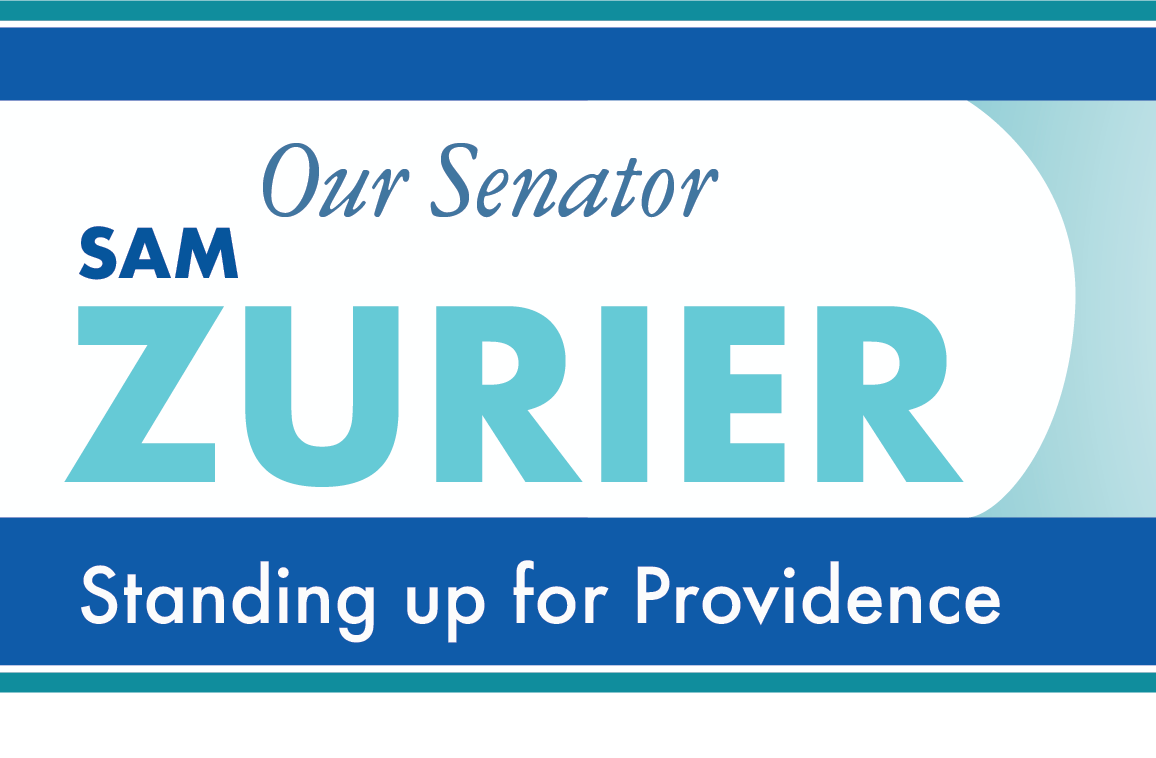At the end of last week, the mayor released a financial analysis he will use to inform the budget he submits this month. In this week’s letter, I will discuss that analysis, and its ramifications for the City’s finances and budget.
Download a pdf copy.
Last year, the administration engaged a consultant (National Resource Network) to review the City’s finances and to recommend options to address its structural challenges. Last week, the administration released a preliminary report with budget projections and “benchmark” comparisons with peer communities. The report identifies four major “drivers” of increased costs – pensions and retiree benefits (“OPEB”), health care other benefit costs, slower revenue growth and excessive staffing or “carrying costs.” The report compares Providence’s expense in these areas with other communities (primarily other Massachusetts and Connecticut cities of similar size), and notes how Providence is in a relatively weak position compared to its peers. The report also notes the City’s loss of State aid since 2007, its greater education costs and its extensive backlog of deferred infrastructure maintenance.
Some of the report’s information was new; for example, it notes the City’s fire suppression staffing (i.e. fire fighters as opposed to rescue operators) and equipment per square mile and per 1,000 residents is high relative to other communities, as is the contractual minimum staffing level. In a television interview, a reporter asked the Mayor whether he could have saved expense more easily this past August by reducing the number of fire fighters per shift, rather than the number of shifts. He replied that the current contract prevents him from making such a change prior to its June, 2017 expiration. Ironically, the current litigation concerning August’s shift change involves a similar issue, namely whether overtime pay resulting from the shift change is also governed by the existing contract. On the other hand, some of the report’s information has been known for a while; for example, I wrote about the weakness of the pension system in a column I wrote for the East Side Monthly in August, 2006, in which I quoted an April, 2003 statement from Mayor Cicilline that the City’s pension deficit “threatens to bankrupt the city within 10 years unless drastic steps are taken.”
In short, the preliminary report performs a useful first step of compiling the issues the City must face in order to stabilize its finances. It places us in a similar position to March, 2011, when Mayor Taveras issued his fiscal review panel report, a call to action regarding the City’s liquidity crisis. His effort succeeded because he was able to execute two additional tasks. First, the same report contained a set of proposals designed to close the operating deficits it identified. Second, Mayor Taveras undertook an extraordinary effort to persuade a critical mass of stakeholders to become part of a “shared sacrifice” solution, something which almost everyone had to accept in order for anyone to agree to do. In short, it is not enough to identify the problem, or even to propose a solution; instead, the problem will not be solved without a significant outreach to involve people in the solution, including the opportunity to shape it in ways that can provide the City the aid it needs in ways that are most acceptable to those providing the aid.
One critical tool Mayor Taveras deployed in his effort was an accurate and consistent message for all stakeholders to understand. This is not easy to do, as we have seen this administration present, over the past three months, (1) a deficit reduction plan that reported significant tax base growth and “best budget and fiscal practices”, (2) a State of the City message describing the City’s “resurgence” and (3) an application for a federal grant stating that “[w]ith such a poor financial outlook, the City cannot afford to operate in a structural deficit mode because receivership or bankruptcy will be in its future.” Considered separately, each of these statements performed a useful function at the time it was made, and each captures some of the truth about the City. With that said, however, it will be helpful going forward for the City to prepare a single message that captures the full reality and can be adapted to all purposes, good and bad, so that the City’s stakeholders can all unite behind a shared purpose.
Sincerely,

